Author: Scott Manning
-
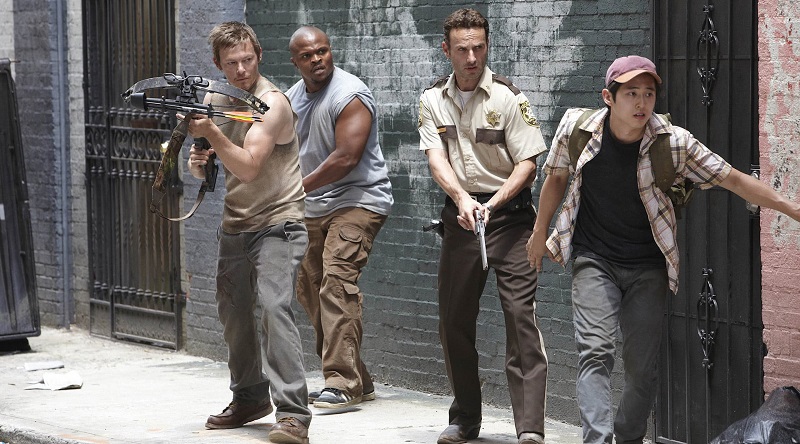
Armies “Living off the land” Walking Dead style
Among the many things I learned from a day-long Julius Caesar Workshop with Captain Antonio Salinas was a superb analogy for armies “living off the land.” Although battlefields tend to dominate popular memory when it comes to warfare, logistics direct and often determine entire campaigns. For example, the Gauls eventually adopted a scorched earth approach to…
-

Leuctra Victory Monument
I remember the exact moment when I decided to go to Greece. I was flipping through my copy of the Landmark Xenophon when I came across a blurry black and white photo of the Leuctra Victory Monument, celebrating the Theban and Boeotian victory over the Spartans in 371 BC. This battle was important for many reasons,…
-

Julius Caesar Workshop at Dickinson College
This past Saturday, I had the pleasure of joining about three dozen classicists for the Dickinson College Julius Caesar Workshop, featuring Captain Antonio Salinas. Currently a teacher at West Point, Salinas produced a 245-slide presentation mapping Julius Caesar’s Gallic War. This was the same presentation that Dr. Christopher A. Francese stumbled upon while searching for…
-
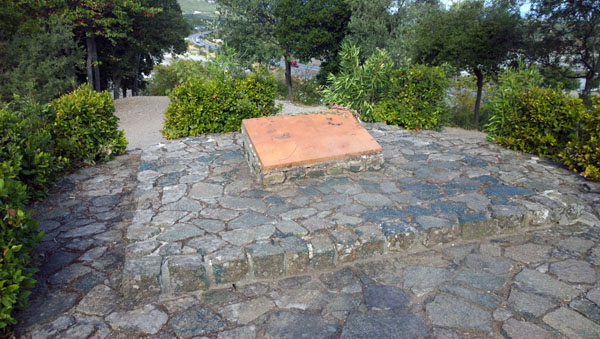
Go tell the Spartans
Although Herodotus tells us of several monuments that resided on the Thermopylae battlefield, not a single one of them has survived to today. However, there are numerous modern recreations. One in particular pays tribute to the last stand of the Spartans and their Thespian allies on Kolonos Hill, the probable spot where they fell. ((The topography…
-

The Spartans would have ruled Twitter
The Greeks and the eventually the Romans were infatuated with everything about the Spartans, especially their words. You can find choice quotes throughout the works of Herodotus, Thucydides, and Xenophon, but no one was a greater admirer than Plutarch. Mixed in with his numerous writings were the Sayings of Spartans and the Sayings of Spartan Women,…
-
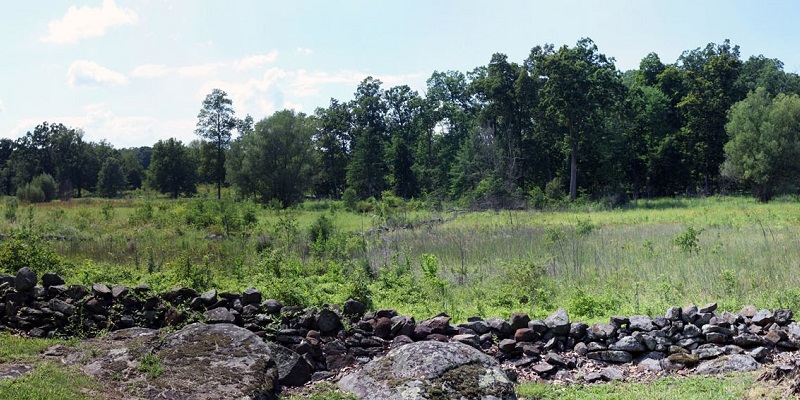
My Favorite Spot at Gettysburg
Welcome to the first edition of Warpath Wednesday, the day in which I recount something historical from the warpath. Today’s focus is my absolute favorite spot at Gettysburg: Sedgwick Avenue. First, I am an unlicensed tour guide of Gettysburg, which means I provide tours to friends, family, and coworkers for free. Want a professional? Then…
-
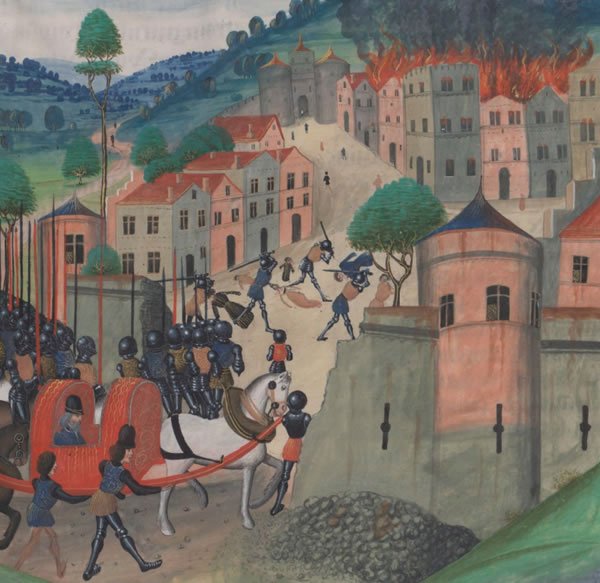
Slaughtering 3,000 people was normal in 1370
One of the most difficult aspects of reading military history is the brutality of it all. Some accounts are so detached, so transactional that it hardly makes a blip on the humanity scale. When Arrian described Alexander’s troops massacring Greek mercenaries within the Persian army at Issus, he simply described them as “cut off” and “decimated by…
-

Medieval Version of a Do-Nothing Leader
In the ninth-century, the Frankish historian Einhard provided a medieval depiction of what many modern-day managers and would-be managers think their job might look like. Describing the last of the Merovingian kings, his “sole command function was to sit back on his throne with flowing hair, his beard uncut, satisfied with the name of king…
-
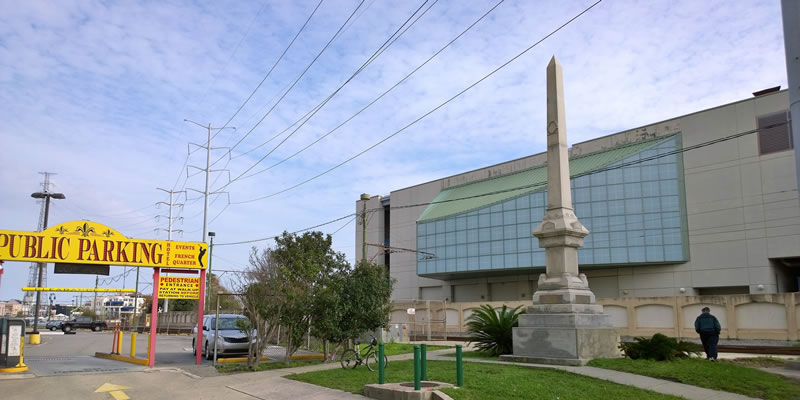
Liberty Place Monument and #BLACKLIVESMATTER
Nestled between the Aquarium of the Americas, The Westin, and a parking lot, the monument to the Battle of Liberty Place is difficult to find, even with the Historical Marker Database. Last week, I tracked it down. This monument claims to pay tribute to the casualties on both sides of the 1874 battle—the New Orleans…
-
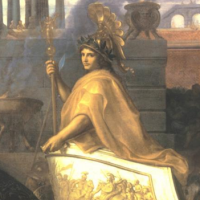
Guy MacLean Rogers on Studying Alexander the Great
Every historian takes a crack at explaining why their area of expertise is important for today’s world. It is difficult to argue with Guy MacLean Rogers’s take on Alexander the Great from more than a decade ago. In less than a decade Alexander conquered the Persian empire, the largest and most successful empire in the…
-
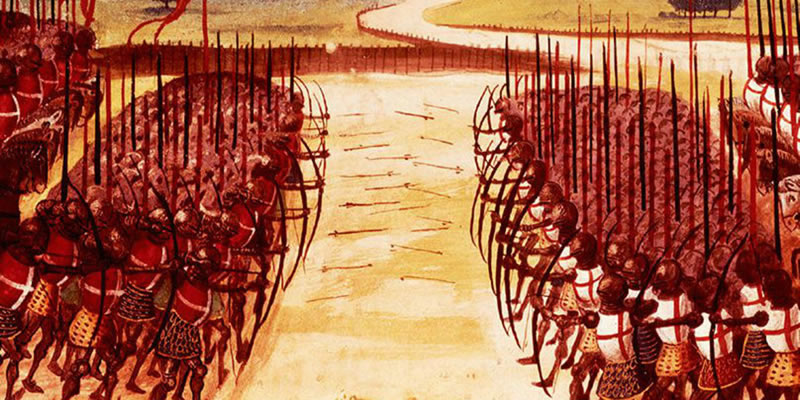
‘Agincourt’: A battle made famous by Shakespeare
No other medieval engagement has a “greater cultural legacy” than the Battle of Agincourt, according to Anne Curry, professor of medieval history at the University of Southampton. Shakespeare’s Henry V, and popular lore before and after, has portrayed it as the miraculous victory of outnumbered, God-favored English underdogs against the overwhelming superiority of the French,…
-
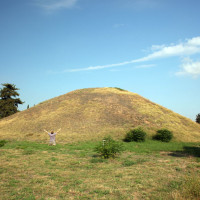
I have knelt before the tomb of the Athenians at Marathon
As with many 2500-year-old battlefields, most of Marathon is the victim of development. Although historians continue to debate over the exact positions of the Greek and Persian armies in 490 BC, the reality is that modern buildings and streets cover much of the terrain. Our modern-day concept of preserving battlefields would likely confuse the ancients…
